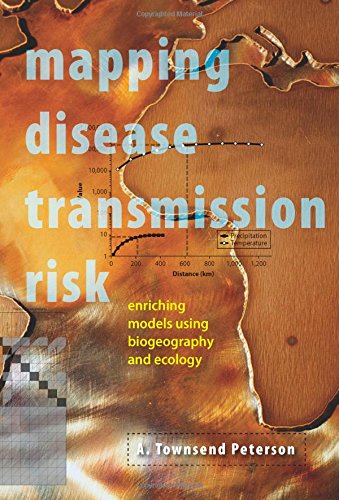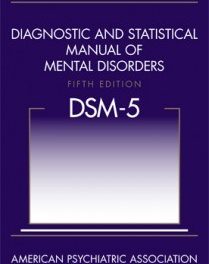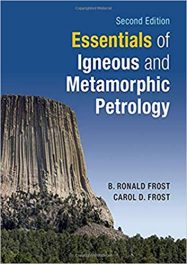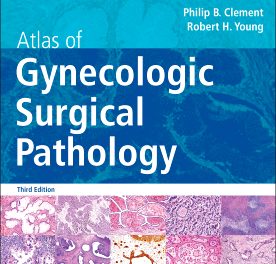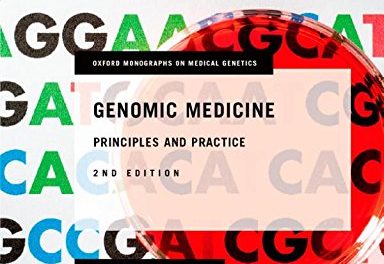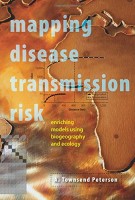 Author: A. Townsend Peterson
Author: A. Townsend Peterson
Publisher: Johns Hopkins University Press – 210 pages
Book Review by: Venkat Subramaniam
In this pioneering work on the transmission of disease, the author A. Townsend Peterson breaks new ground. He integrates biogeographic and ecological factors with spatial models. He presents a synthesis that illuminates new and more effective infectious disease mapping methods. Peterson’s approach holds potentially enormous benefits for those charged with determining how disease spreads, and how to control that spread.
This book is useful to epidemiologists and public health experts. To understand the importance of what Peterson has studied and discovered, we quote a portion of what has been written on the back cover of this book:
“Peterson views disease transmission as a distribution of species. The book argues that complex, fragmented, and highly irregular disease patterns can be understood only when underlying environmental drivers are considered, something true for all species distributions.”
“The result is an elegant modeling approach that challenges static spatial models and provides a framework for recasting disease mapping. Anyone working in the area of disease transmission, particularly those employing predictive maps, will find Peterson’s book both inspiring and indispensable.”
To learn about the various aspects of disease transmission, and compare the old and new models, we present here for you the titles of its 20 chapters including the Introduction and Conclusion, organized around its five Parts:
Introduction
Distributional Ecology
- General Conceptual Framework for Species Distributions
- Status of Data for Understanding Disease Distributions
- Current Tools for Understanding Disease Distributions
Disease Modeling Basics
- Modifications to the Basic Framework
- Modeling Components versus Outcomes
- Space-Only versus Space-and-Environment Models
Preparing the Data
- Garbage-In-Garbage-Out Principle
- Assembling Occurrence Data
- Assembling Environment Data
- Study Areas and BAM
Developing Models
- Calibrating Niche Models
- Processing Raw Outputs Into Useful Maps
- Evaluating Niche Models
- Developing Risk Maps
Examples of Applications
- Identifying Risk Factors
- Spatial Interpolation and Prediction
- Identifying Species Involved in Transmission Models
- Responses to Environmental Change
Conclusions
Peterson provides an ample number of graphics throughout the book to convey his points. He presents charts, maps of different U.S. states and areas around the world where various diseases have spread and to what extent. For example, in a World Health Organization map on page 22 showing cholera cases around the world, Australia, North America, and Russia had virtually no cases, whereas several African countries has more than 5,000 cases each!
The conclusions of this unique book can be summed up with the following key points:
- Mapping disease transmission and the health risks associated with it has been studied for more than a century.
- The methods used in studying and understanding disease transmission have however, not evolved as quickly as we have hoped, so the risks of the spread of diseases are still great
- Disease transmission geography was treated as a purely spatial phenomenon. The ecological and biogeographic contexts of disease transmission were ignored.
- Currently, environmental information has been incorporated increasingly in mapping, but with no explicit conceptual framework to guide the analyses.
- This book seeks to fill that gap.
A. Townsend Peterson is a professor of ecology and evolutionary biology at the University of Kansas. He is the coauthor of Ecological Niches and Geographic Distributions.

